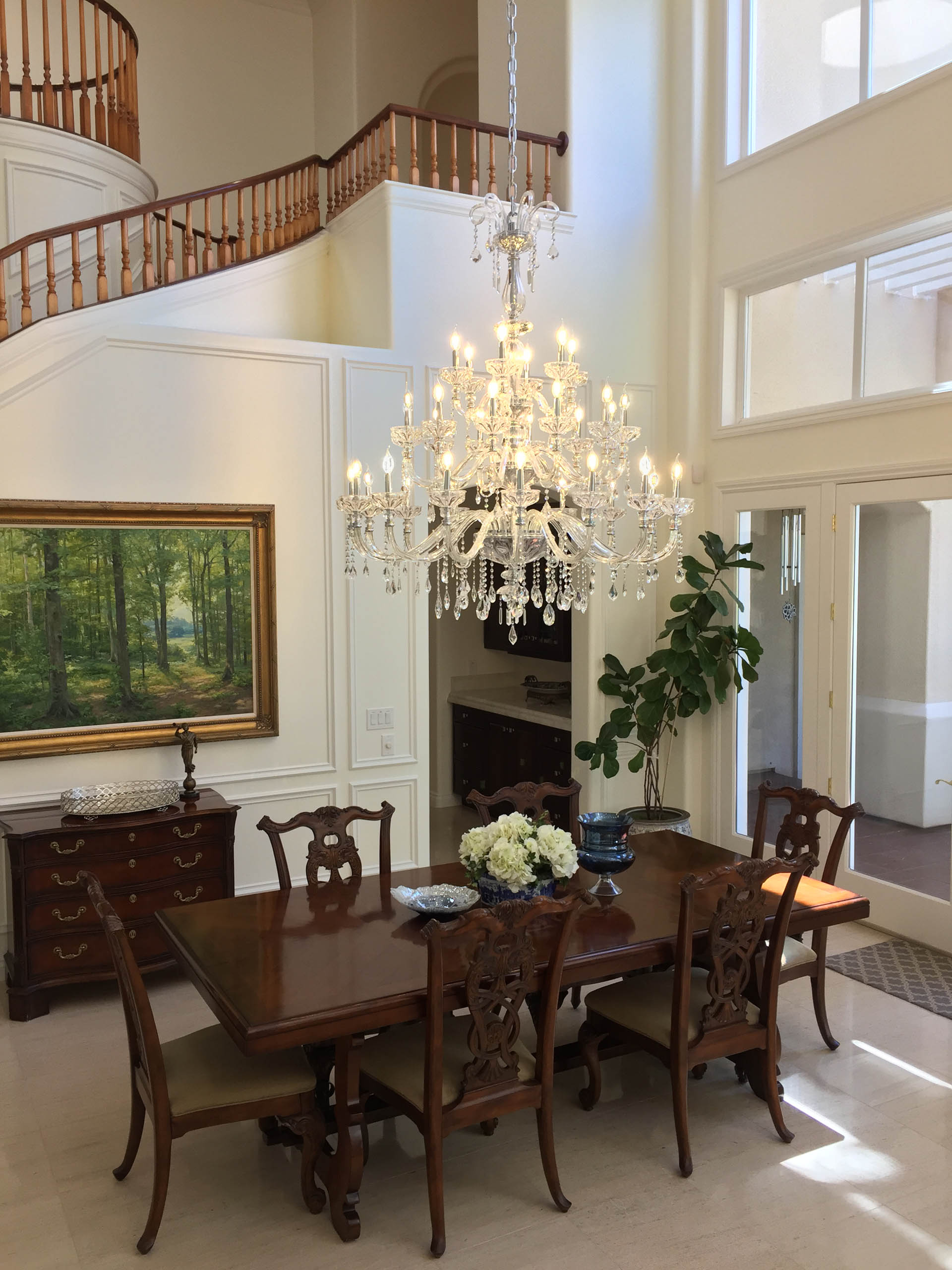How Long Does It Take to Design a Room? A Look Into the Interior Design Process

How Long Does It Take to Design a Room? A Look Into the Interior Design Process
Understanding
early on can help you avoid costly mistakes later in the design journey. Designing a room isn’t just about picking pretty pillows and choosing wall colors—it’s an intricate journey combining creativity, functionality, and time management. Whether you’re redesigning a cozy nook or transforming a large open-plan space, understanding the interior design process is key to estimating how much time you’ll need. This guide breaks down the design timeline, uncovers key factors that influence it, and answers your most pressing questions.
Let’s dive into the real timeline behind turning a blank space into something spectacular.
From Vision to Reality: Understanding the Interior Design Process
The interior design process unfolds in several detailed stages. Each step builds on the previous one, ensuring that your space reflects your personality, needs, and lifestyle.
Step 1: Discovery and Design Brief
This is the meet-and-greet phase where the designer learns everything about the client’s goals, budget, and preferences. Many homeowners overlook how important
can be when creating a cohesive look. The better this phase is executed, the smoother the rest of the project becomes.
Estimated Time: 2–5 hours
Step 2: Concept Creation
Designers develop mood boards, sketches, and digital visuals to capture the project’s essence. This step involves refining the design concept through client feedback and iterations.
Estimated Time: 10–20 hours
Step 3: Sourcing and Selections
This phase includes choosing furnishings, fabrics, paint colors, lighting, and more. Designers may visit showrooms or collaborate with vendors to curate the perfect look.
Estimated Time: 5–15 hours
Step 4: Project Coordination
Designers manage vendors, contractors, timelines, and budgets. This stage is vital to ensure the interior design process stays on track and within budget.
Estimated Time: 10–30 hours
Step 5: Installation and Styling
Finally, all the pieces come together. Furniture is delivered, accessories are placed, and the designer adds the finishing touches that bring the space to life.
Estimated Time: 5–10 hours
What Affects the Timeframe? Let’s Break It Down
No two rooms are the same, and many factors can stretch or shrink your project timeline.
Common Time Influencers
- Room size: A small guest room takes less time than a full-scale open living area
- Client decisiveness: Delayed decisions or frequent changes increase turnaround time
- Material availability: Backordered items can cause unexpected delays
- Design complexity: Minimalist spaces move faster than eclectic or layered designs
- DIY vs. Full-Service: Are you hiring a pro, or managing parts yourself?
Typical Timeline Expectations
Here’s a general idea of how long each part of the interior design process might take:
| Stage | Time Estimate |
|---|---|
| Discovery | 2–5 hours |
| Concept Design | 10–20 hours |
| Sourcing and Selection | 5–15 hours |
| Coordination | 10–30 hours |
| Styling and Installation | 5–10 hours |
| Total | 32–80 hours |
Pro Tips to Speed Up the Interior Design Process
Want to accelerate your room transformation without compromising quality? Follow these tips:
- Be decisive with your choices
- Communicate clearly with your designer
- Have a realistic budget and timeline from the start
- Stick to the plan and avoid last-minute changes
- Use ready-made furnishings when possible to avoid long lead times
Terms You Should Know in the Interior Design Process
Understanding these key terms will help you follow along and make better decisions.
Design Brief
A summary of your needs, style preferences, and functional requirements.
Mood Board
A visual collage of textures, colors, and materials that represent the desired design style.
FF&E
Stands for Furniture, Fixtures, and Equipment—essential components of a room design.
Lead Time
The time it takes for an item to be delivered after it’s ordered.
Punch List
A list of minor fixes or final details needed to complete a project.
Real-Life Scenarios: How Long Does It Actually Take?
Here are a few examples to help illustrate how the interior design process timeline can vary:
Small Bedroom Makeover:
- Simple furnishings, minimal decor
- Total time: ~30–40 hours
Home Office Setup:
- Custom cabinetry, ergonomic furniture, lighting upgrades
- Total time: ~50–65 hours
Living Room Redesign:
- Large open space, mixed materials, layered styling
- Total time: ~70–90 hours
Frequently Asked Questions
How long does a full room design usually take?
The interior design process for a single room typically takes between 30 to 80 hours, depending on size, complexity, and customization level.
Can I speed up the design process?
Yes, but it requires clear communication, fast decision-making, and flexible expectations. Choosing in-stock items and minimizing changes can drastically reduce your timeline.
Is it worth hiring a professional designer?
Absolutely. A professional designer can streamline the interior design process, avoid costly mistakes, and deliver a polished, cohesive space.
What’s the biggest delay in most projects?
Lead times for furniture and materials are the top culprits. Ordering early and having backup options can help keep things on schedule.
Can I design one room at a time?
Yes, many homeowners choose to tackle one room at a time. This allows for better budget control and a more focused interior design process.
Final Thoughts: Time Well Spent
Staying updated with the latest
ensures your space feels fresh and timeless. The interior design process is more than a checklist—it’s a thoughtful, personalized journey to transform a room into something uniquely yours. While it may take a few weeks or even months depending on scope, every hour spent planning, sourcing, and styling is a step toward creating a space that reflects your lifestyle and taste.
By understanding the stages, setting realistic expectations, and working with the right professionals, you’ll enjoy the transformation just as much as the finished result.